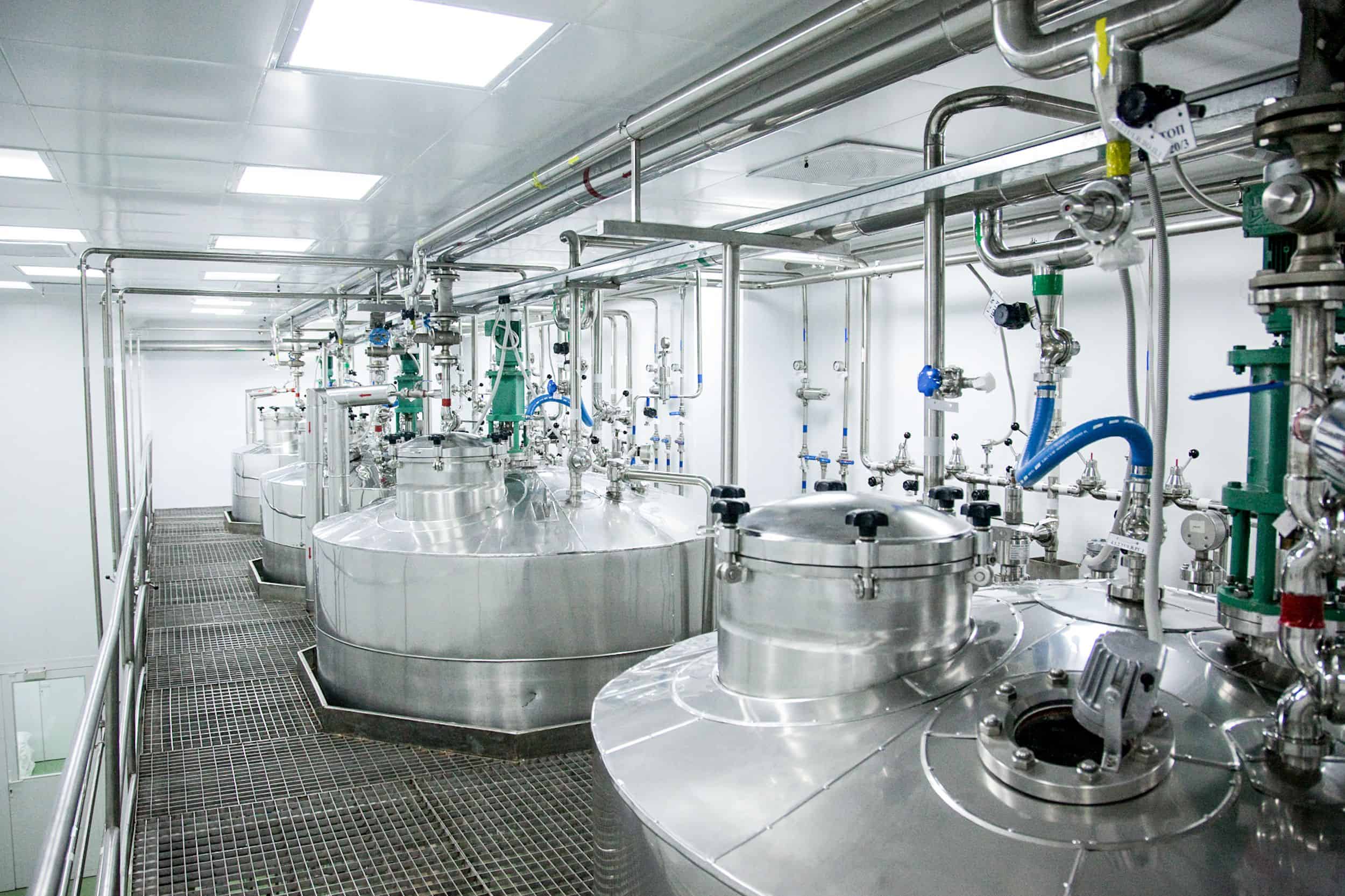Not so long ago, an aspirin a day was considered a habit for good health. As the saying went, “An aspirin a day keeps the doctor away.” Over the years, a variety of newer drugs have joined aspirin to improve health and increase life spans. In 2019, the pharmaceutical industry enjoyed global revenues of $1.25 trillion. And the medications responsible for those staggering revenues were manufactured in factories, which require sanitary processing, storage, and transport procedures regulated for patient and consumer safety. Likewise, these pharmaceutical processing systems require high-spec welding to operate reliably and produce safe drugs.
Let’s examine the hygiene standards these operations must adhere to and how automated orbital welding in pharmaceuticals provides the best solution to ensure those standards are met.


